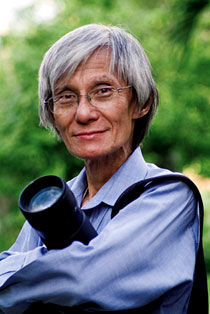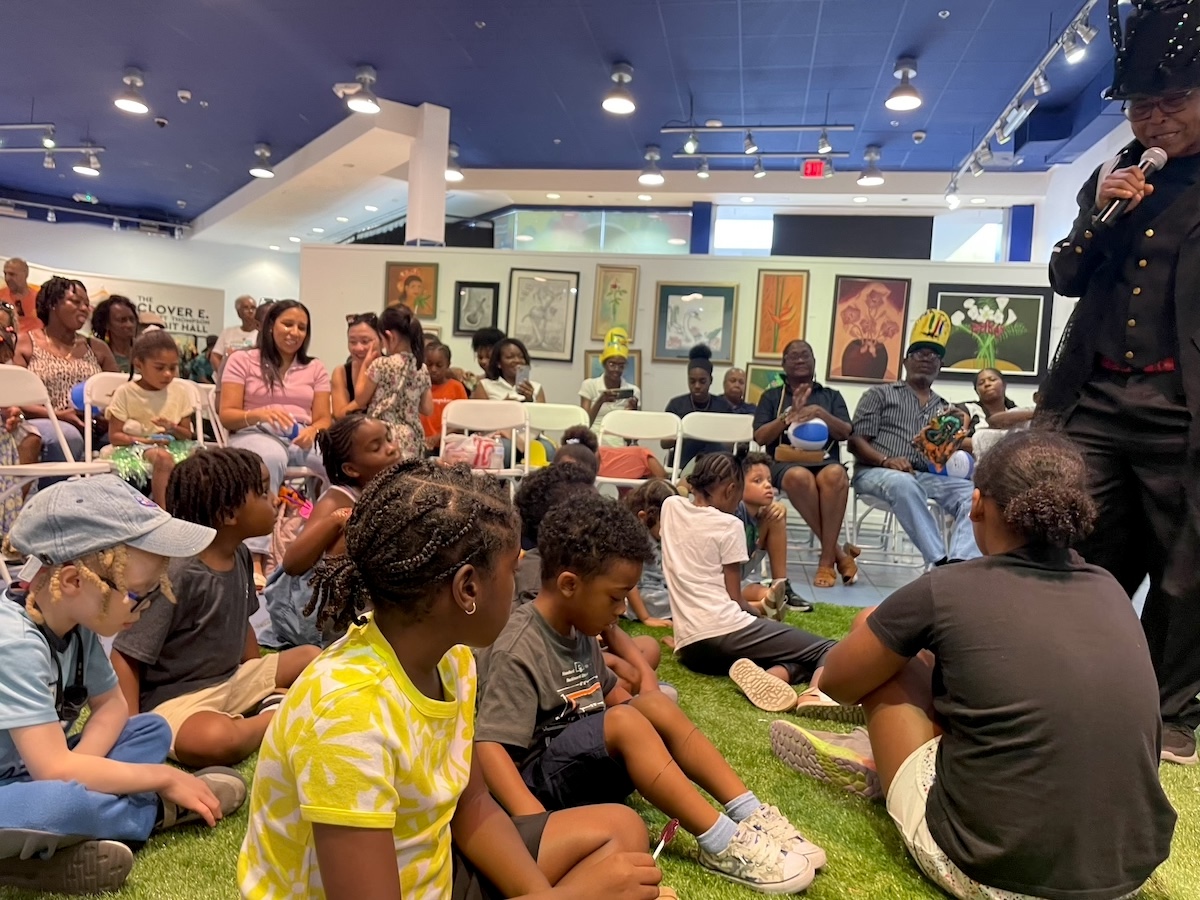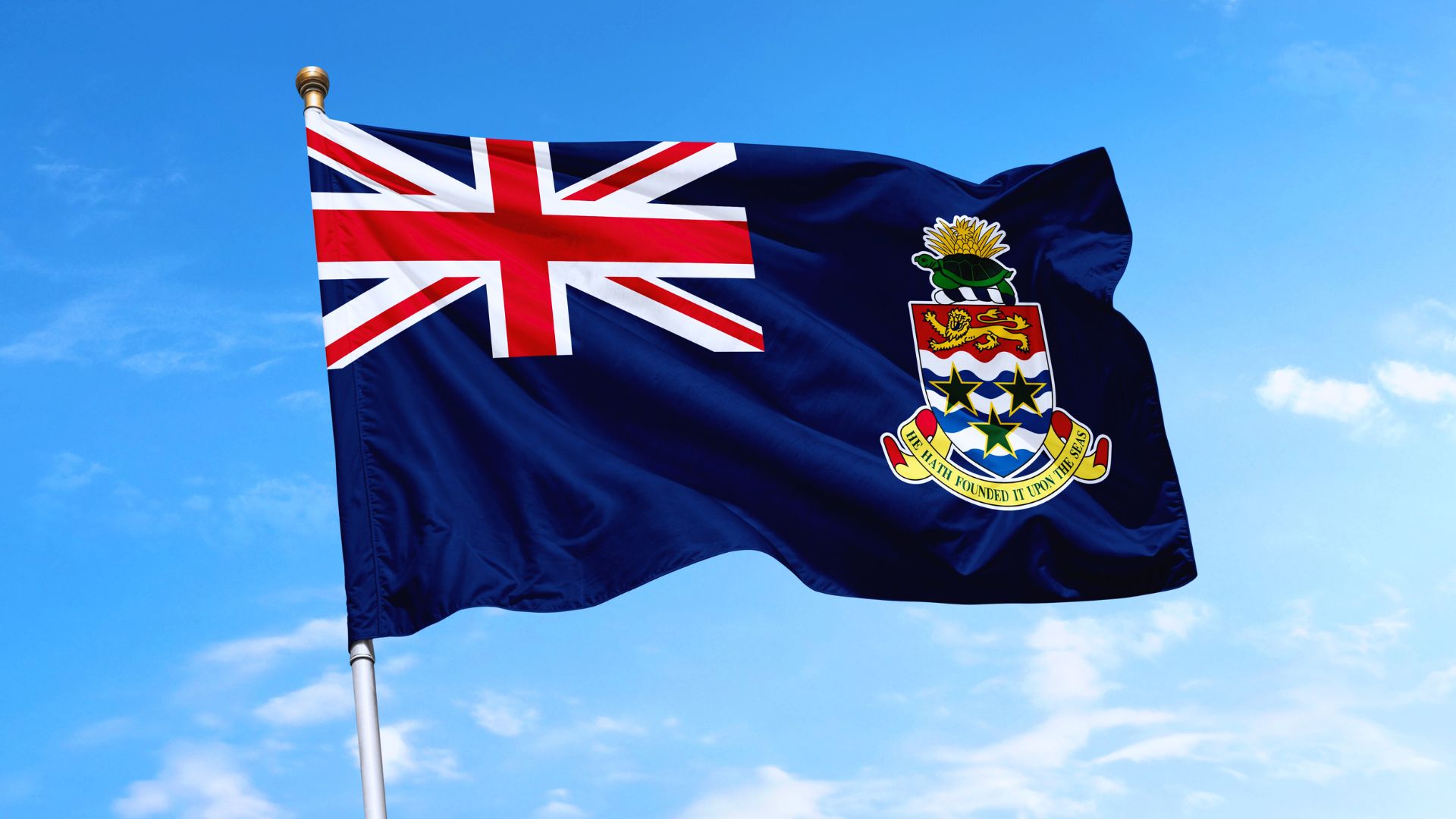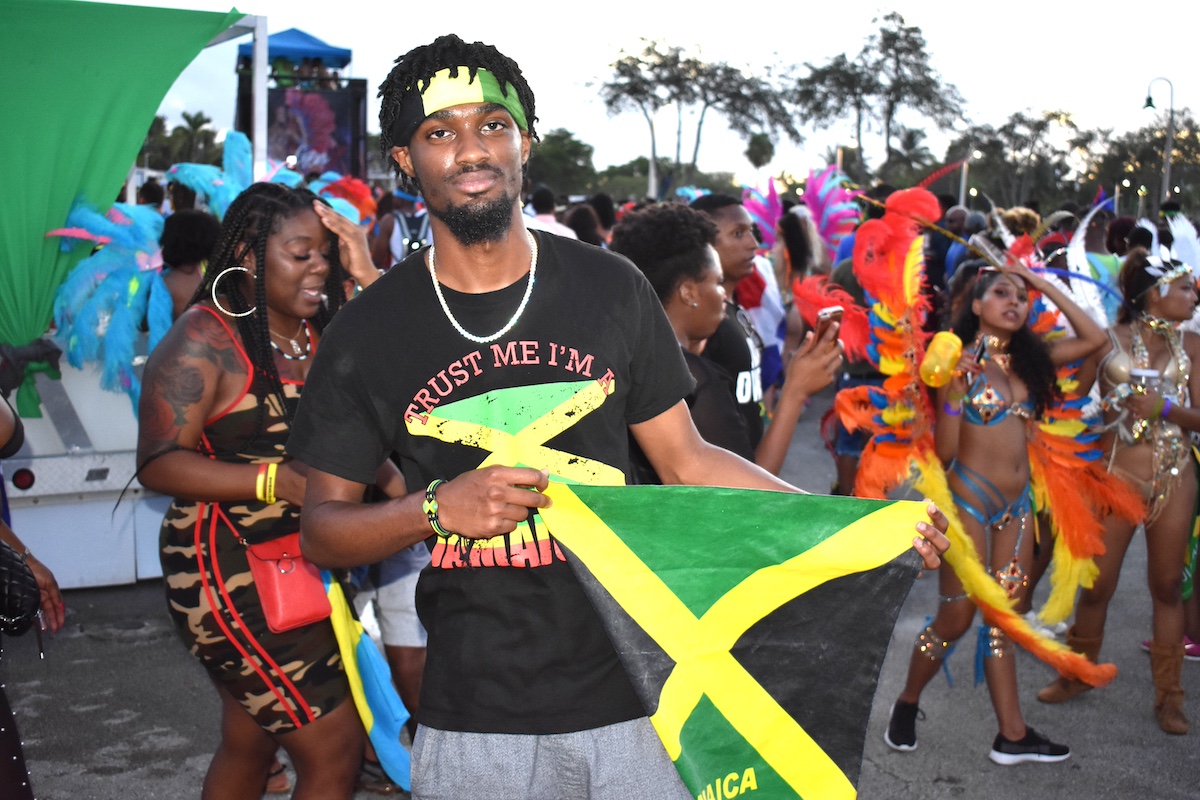Out of many, one people are the motto of our Island nation Jamaica. Jamaica has been blessed with the rich diversity of many cultures to give it a special blend that is most unique. Janice Maxwell of Caribbean TV world, and jamaicadiasporia.com collaborated on a project to appreciate the Jamaican Chinese heritage. We celebrate this month Chinese New Year. For those who may not be aware of the Chinese calendar, here is an executive summary.
The Chinese calendar is lunar solar, incorporating elements of a lunar calendar with those of a solar calendar. It is not exclusive to China, but followed by many other Asian cultures. It is often referred to as the Chinese calendar because it was first perfected by the Chinese around 500 BC. In most of East Asia today, the Gregorian calendar is used for day to day activities. Because each month follows one cycle of the moon, it is also used to determine the phases of the moon.
Chinese New Year is 4708, or 2010 in the Western calendar, is the Year of the Metal Tiger. The Tiger represents the third year in the 12 year cycle of the Chinese zodiac. Like the houses of the zodiac in Western astrology, the animals of Chinese astrology are thought by many to dictate personality traits or, in the wider scope of things, even impact world events in any year they rule. Like the lion in Western culture, the Tiger is the proverbial King of the Jungle, and admired for its vivid stripes that symbolize the balanced forces of `yin’ and `yang’.
Now, for a quick overview of the Jamaican Chinese heritage. Most Chinese Jamaicans are Hakka and can trace their origin to the Chinese laborers that came to Jamaica in the mid-19th to early 20th centuries. The two earliest ships of Chinese migrant workers to Jamaica arrived in 1854, the first directly from China, the second composed of onward migrants from Panama; they were contracted for plantation work. A further 200 would arrive in the years up until 1870, mostly from other Caribbean islands. Later, in 1884, a third wave of 680 Chinese migrants would arrive; with the exception of a few from Sze Yup, most of these were Hakka people from Dongguan, Huiyang, and Bao’an.
One of the most celebrated Jamaican Chinese is Mr. Ray Chen, who is a world renowned photographer. He has used his vast skills to tell pictorial stories that portray Jamaican life like none has. You will find on many Jamaican coffee tables a copy of his many books that so persuasively capture the essence of Jamaican life and places.
We are indeed privileged to catch up with him and get a sense of what he has been up to lately.
Q: Tell us a little about your family roots in Jamaica?
My grandparents first came to Jamaica in 1913 where with my dad and his two sisters were born. In 1920 they all returned to China.
Dad married my mom in China and accompanying my grandfather, they returned to Jamaica in March 1934. On arriving, they worked in a shop in the country (Springfield in St. Elizabeth) where they were first introduced to the role of being a Shopkeeper. Over time, they eventually had sufficient funds saved and with the help of uncles and aunts they opened a grocery shop on their own in Kingston. I have three brothers and one sister, the boys all attending Wolmer’s Boys School and my sister was a graduate of Immaculate.
The eldest of the boys, Wellington, a nuclear physics has since passed away, Washington, the second was a ballet dancer, me, the third, the photographer, (story teller) my youngest brother, Roger, retired, is a nuclear engineer and my sister. Lillian is a trauma therapist who works with adults and children.
Q: What does your family do special for Chinese New Year?
Having lived in Canada for almost 50 years and especially more so in Toronto, we celebrate the Chinese New Year as we do at Christmas by getting together with friends and families, usually for dinner. The food is prepared and presented in a more traditionally Chinese. At Christmas it is the Jamaican / western dinner is served.
Q: How Chinese in New Year celebrated differently in Jamaica compared to Toronto or China or other places?
In Jamaica the Chinese New Year is celebrated in a quieter manner compared to Toronto, or China. Having said that, there are three organizations celebrates the occasion so very differently.
The annual celebration by the Embassy of the People Republic of China in Jamaica is held at the Pegasus Hotel attended by special invited guest.
The Chinese Cultural Centre whose members are those Chinese who have more recently arrived in the island, and their celebration is usually a dinner that is held at a Chinese Restaurant with a special menu.
The Chinese Benevolent Association annual Chinese Year Garden Party is well attended by both the Chinese and the Jamaicans communities who enjoy the special fashion shows and the Chinese food that are served. It I mainly through this event that most Jamaicans are aware of the Chinese New Year
Toronto has the largest Chinese population outside the orient and the Chinese New Year is celebrated in a very big way by many organizations that are scattered all across the city. There are many Chinese from outside the province and the country who travels at this time of the year to be with friends and families for this is where the “real celebration” is.
Special candies and gifts are imported by the large Chinese Supermarkets and the restaurants are all so busy with so many diners, there is always a line up.
Local and visiting artist that helps to fill all the Shopping malls that are located across the city performs cultural shows. And every thing is performed in the Mandarin language, which leaves you to believe that you are really in the Orient.
Q: Many Jamaican Chinese have migrated from the island. What is the history and motivation for the exodus from Jamaica?
I can only speak for myself as I left Jamaica in 1964 before the mass migration of not only the Chinese but many Jamaicans as well.
Maybe it is because many of our parents left China during the Cultural Revolution, which was a time when the Communist was taking control of China. It is based on this experience of this past and the policies of the then Government of Jamaica why many chose to migrate.
I have often wondered myself, if it is because our parents were from the Han tribe who migrated from the north of China settling in the southern region. (Guan Gung Province) It is from this region most of the earlier Chinese who migrated to Jamaica came from. We were known as the HAKKA person, which translates into “GUEST PEOPLE… Our ancestors were like GIPSIES so it came as no surprise why we were always on the move.
This is just my thinking.
Q: You have stayed very connected to Jamaica. Why?
I do not know why. I only know that I am married to a wonderful lady who has the patience and has provided the love and support in the entire task and challenges that I have taken on (photographically) for the past 46 years of marriage.
As a successful commercial photographer in Montreal I have always have a desire to use my talent to give back something to the land of my birth. It was after a brief illness when I decided return to Jamaica to capture on film the things and the places and the people that will all are gone forever This was the end result of my first book.
I am still here after 25 years photographing the island and this love affair shows no sing of easing off.
Q: Many people are surprises to find out there is a sizable Jamaican Chinese population in Jamaica. How do you navigate these stereotypes?
The present Chinese population is not from our parents region and with several dialects spoken, the common one being Mandarin. But a few will speak the common English with a patois tone. I am at a loss as there are only a very few I keep in touch with. Most Jamaican recognizes that I am Jamaican, as I will speak with a more Jamaican dialect.
Q: Most major cities in the US or Europe have a Chinatown. Did Jamaica ever have a Chinatown and how do they relate to other folks of Chinese heritage?
When I was growing up there was “A Chinatown” where most of the Chinese Wholesalers were located. A place for commerce where the managers of the some of the larger banks that were located here were of Chinese descents.
We had a Chinese Bakery who made some of the nicest pastries. Many gambling dens where raids by the police were often, as passersby heard the noise from the shuffling of the Mar Jung tiles. We also had a Chinese Medical Store where the natural herbs and ointments were made up according to the Chinese Doctor prescription. Even a newspaper that was printed in Chinese The Chinese Temple where many of the Chinese worshiped is still there but has not been used for a while
They have all gone with the change of a new generation.
Q: Who influenced you in the art of photography, and how did you discover that you were gifted in this art?
To answer this question I will have top go back from the beginning. This all came about by accident as I wanted to migrate to Canada and it was my brother who was the photographer in the family, suggested that I look into photography. I borrowed a friend’s camera and was hooked from day one.
Went to school in New York, migrated to Montreal where my first job was in a lab, processing the films for most of the professional photographers, who at the time was very busy with work in the city as EXPO 67 Worlds Fair was in another three years. This allowed me to see the work of some of the very best.
In Jamaica we always look at photography as passports and weddings. I realized that there was so much more to this profession
Montreal is a city with great Museums with a wonderful Symphony Orchestra. It was here that I was exposed to the finer art and the sound of classical music.
It was after many years of looking and learning that I landed a job as a junior photographer where I worked with an Art Director from France and a New York photographer. They were both good teachers and I learnt a lot for the time I was there.
It was during this period that I began to develop a style of my own as I saw things from the European designer’s eye and the technical part from the New York photographer. I would say that I owe a lot to these two artists who brought out the artist in me as a photographer.
Q: What would you say to budding photographers about developing their craft?
Nothing comes overnight, be patience and learn. Look at the work of great artist, being painters and photographers. Your time will come without you knowing.
Q: How have you noticed Jamaica has changed? How is that reflected in your work?
Jamaica has changed in landscape but the everyday people have not. We are some of the nicest people on this land, but every now and then in every society a bad apple would surface.
I have remained the same in my approach as I usually have a chat with the person before I take out my camera. At first they would think of me as a foreigner but once I open my mouth, they accept me as none of their own.
Photographing the landscape is very challenging as I usually study the direction of the light for the best effect before taking the shot. Sometimes visiting that location on more that one occasion.
Between December and March is usually the best time for the light is right.
Q: It is obvious that you are a gifted photographer but how do you prepare for each shooting session?
This is based from my past experience where I get all the facts and scout the locations bor the best angle and light.
Q: What was the most unique compliment you’ve ever had?
In 1996 I was invited by China’s Ministry of Culture to stage a photography Exhibition in on Jamaica in Beijing. The theme of the Exhibition was …
“From the Land of my Birth to the Land of my Ancestors”
The then ambassador Wayne McCook expressed his thanks and ended with “Only you could have done it”.
Your present compliment is also one of them
“One of the most celebrated Jamaican Chinese is Mr. Ray Chen, who is a world renowned photographer. He has used his vast skills to tell pictorial stories that portray Jamaican life like none has”
My mom once told me that at a very early age I would gather my brothers together and started to tell all my stores starting with the words… ‘an so now… I guess that in some way I have been telling stories for a very long time…
Q: What part of Jamaica do you consider to be the most pictures?
Portland because it is unspoilt.
Q: Do you have a photography legacy that you would like to give to Jamaica?
I really can’t say as I have done my best to capture every aspect of the land and the people for future generations to enjoy.
Q: Is there a current project you are working on that you would like to share?
I really would like to have one last hurrah, which is to put together a book on Jamaica celebrating our 50th Anniversary of Independence. I am presently doing a lot of new images but have not decided yet. Also a book showing our Culture.
Q: When the history books are written, how would you want to be remembered?
“As a photographer who cared and love this island.”
Q: Any parting wisdom you would like to share?
“Just be true to yourself with lots of love for all.”
Mr. Ray Chen, thank you for sharing your gift with us these many years. Many you continue to bless our senses by capturing the magnificent wonders of Jamaica.






